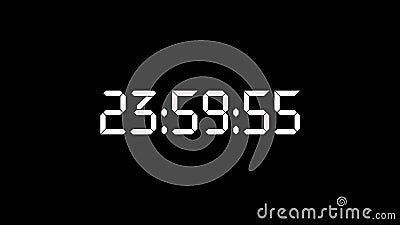

- #Desktop clock with milliseconds for free#
- #Desktop clock with milliseconds install#
- #Desktop clock with milliseconds windows#
Support millisecond time display and adjust the clock color freely.
#Desktop clock with milliseconds windows#
Now, restart the Windows and you should see the seconds in the system clock on the taskbar. Once you make up your mind right click anywhere on the clock pin. Click and drag the clock to position it on your desktop.
#Desktop clock with milliseconds install#
You can customize the given code by changing the title and also color. To get started, as usual, download, install and run the clock application. You will see a warning message, click on the Yes button. Today we are going to show you an interesting notepad trick which lets you to create your own Computer Clock with date and time.

To show the seconds, double-click on the show seconds in taskbar clock.reg file. The available formats are: with milliseconds, seconds and minutes.
#Desktop clock with milliseconds for free#
(In fact I'd say that if you need to ask this question then this is probably too hard a solution for you). Use the floating clock function for free and turn on desktop time with one click. First, download this zip file and extract the contents in it to the desktop. It's a risky and time consuming thing to do if you ask me. It's a lot of work though and you may well run into complications. C# NTP client you could alter it I suppose to piggy back that info in your network protocol and hook up the java server to an ntp server or subsume the ntp server functionality. Clock millisecond (for Windows) Can customize formats, colors and fonts. Use the floating clock function for free and turn on desktop time with one click. here's some C# code to make an NTP client. clock millisecond (for windows) free download. Maybe you should rethink your approach? Some alternate approaches are:ġ) Choose a communication protocol that is more robust with respect to fluctuations in time, or (possibly)Ģ) Distributed clock synchronization is a pretty difficult thing to do (see Clock synchronization ) But you could try an approach similar to the way NTP does it (the server sends out times and the client syncs it's local time to the server). There are millisecond based clocks available for Unity so you don't need to implement one of those yourself. Unity multiplies movement by deltaTime to deal with fluctuating times between calls for just this reason. the garbage collector or some third party process) and you're timer goes out, as you discovered. All you need is something hogging the CPU for a bit (e.g.


 0 kommentar(er)
0 kommentar(er)
